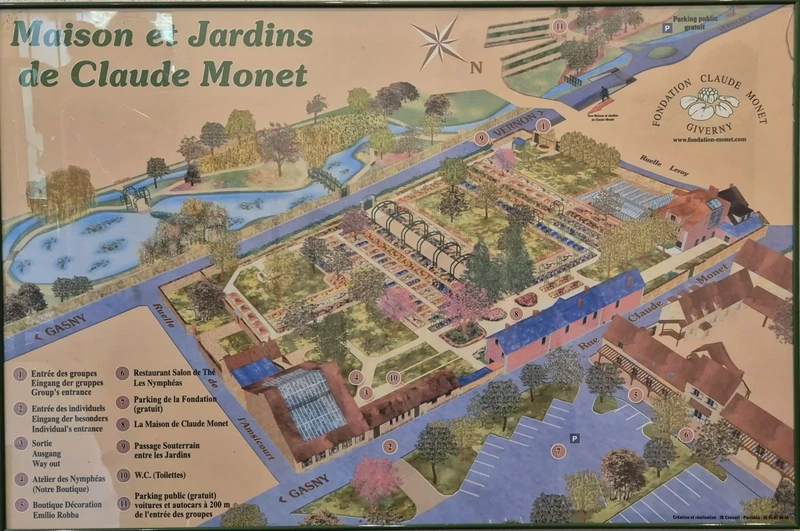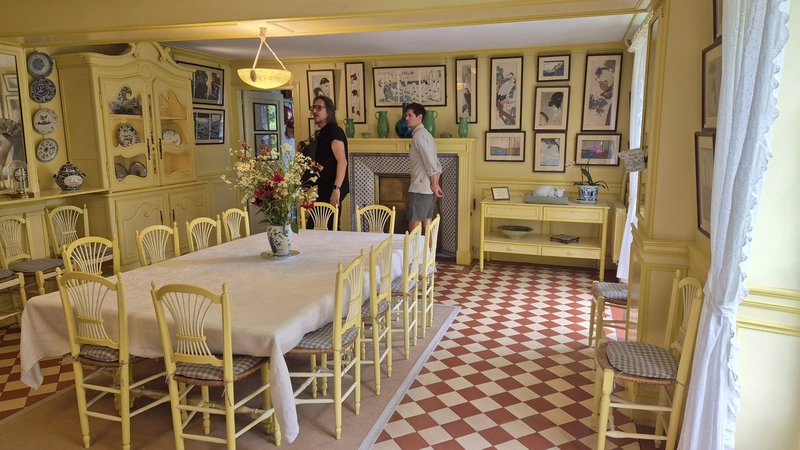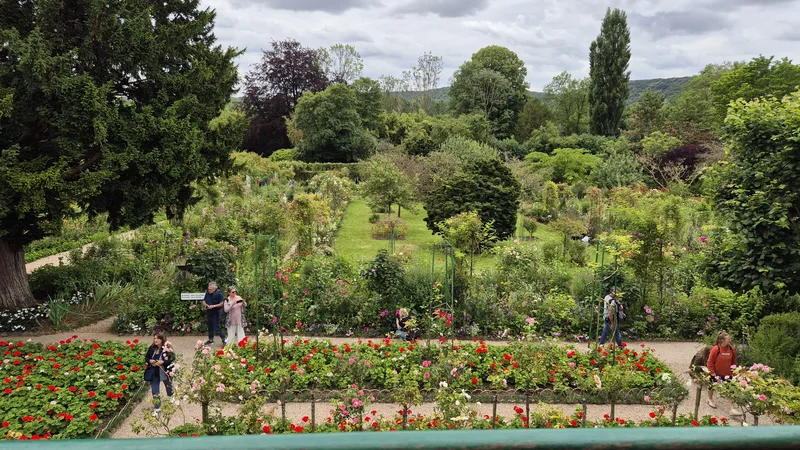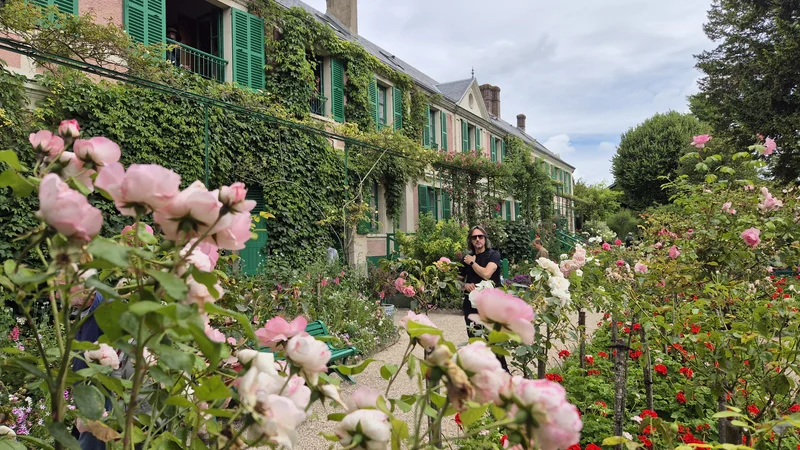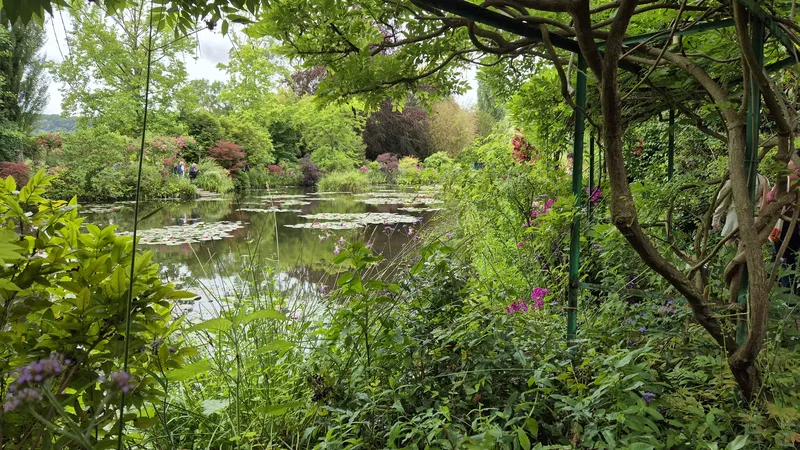Half-day trip to Giverny - temple of Impressionism
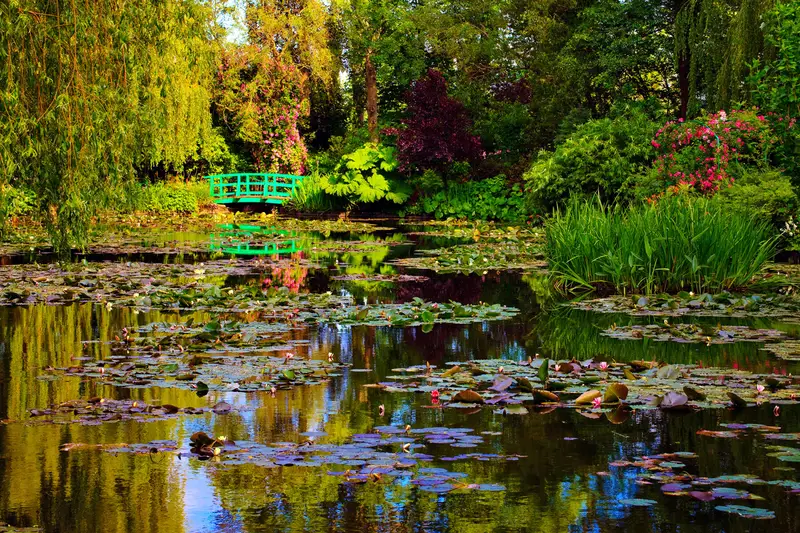
What can we expect?
At Giverny, art shapes nature.
Claude Monnet, the father of Impressionism, spent the last forty years of his life here. Like his paintings, he never stopped redesigning his gardens. So, as the seasons change, new palettes of colour appear in a garden bursting with colour.
Accompanied by a guide, you will discover the family home of one of the greatest artists of his time. A remarkable man, a great collector who loved to entertain his friends in an idyllic and colourful setting, just like him.
Photo gallery
Highlights
Course description
Your half-day at Versailles begins with a private transfer from Paris. You will be picked up by an expert guide who will accompany you throughout the experience.
From the Barbizon school to the Impressionism of Claude Monet, there is only one step. In Giverny, you are in Normandy, on the lands of Claude Monet, the most famous of the Impressionist painters.
This pink rendered house and its gardens, which he never ceased to shape to his taste, inspired him throughout his life. At Giverny, you enter the painter's private world. You can visit his house, stroll through the water garden that he loved so much and the vegetable garden. Accompanied by a fascinating guide, the emotions are guaranteed!
Located on the banks of the Seine and the Eure, the area around Claude Monet's house offer beautiful scenery. Take a stroll through the streets of this rural village, where you'll find art galleries, charming boutiques and artists' studios.
This exclusive experience ends with your return to Paris.
Visit details
Starting point : Pick-up at your hotel in Paris.
Guide : Expert specialising in art history.
Duration : Half-day (approx. 4h30).
Type : Private tour with transport included.
Languages : Available in several languages.
Included : Round-trip private transport, guided tour tickets, service of a certified guide.
They recommend us
Searching Availability...

